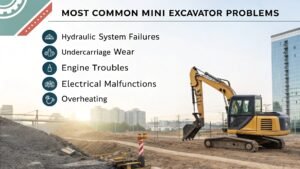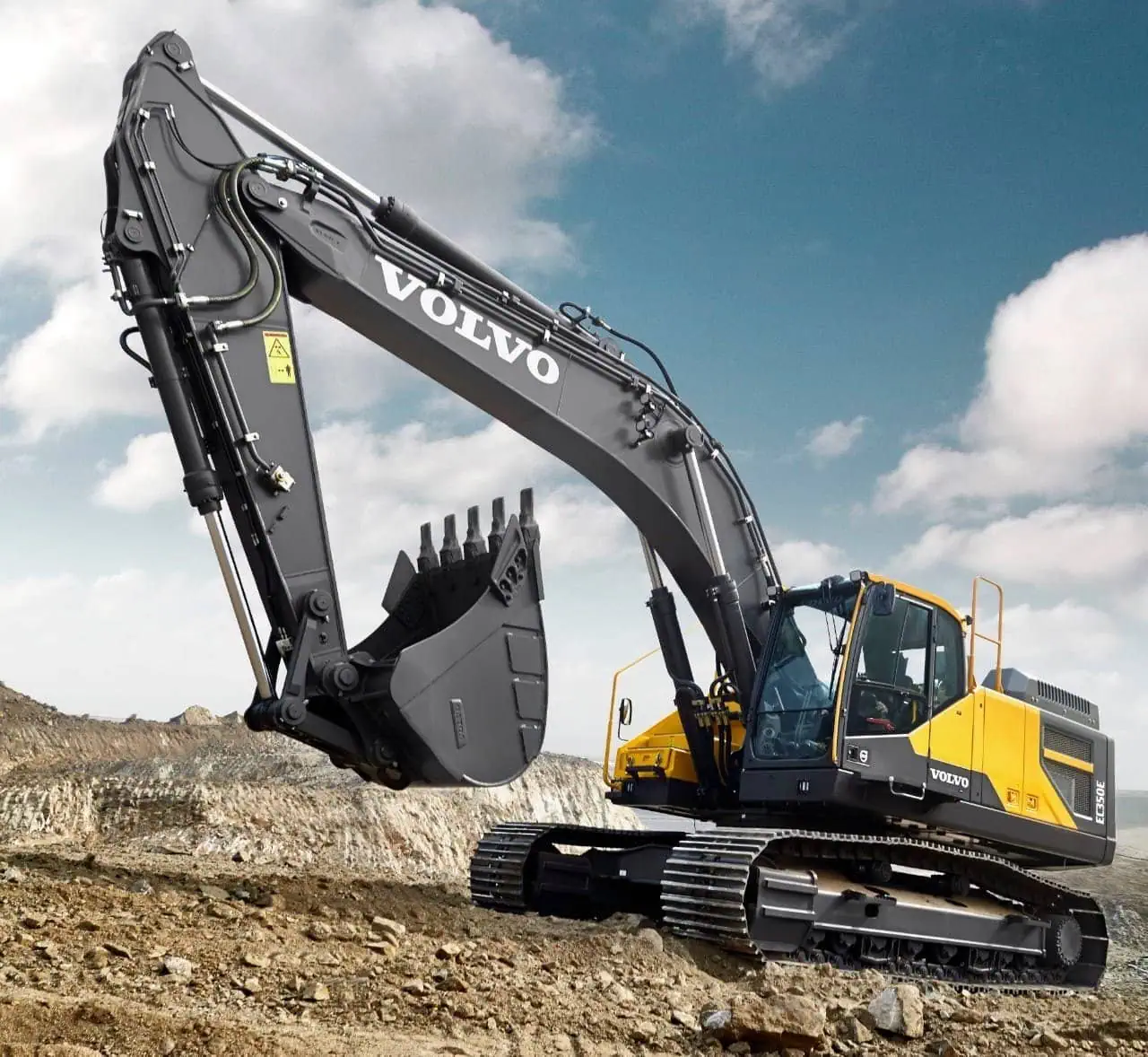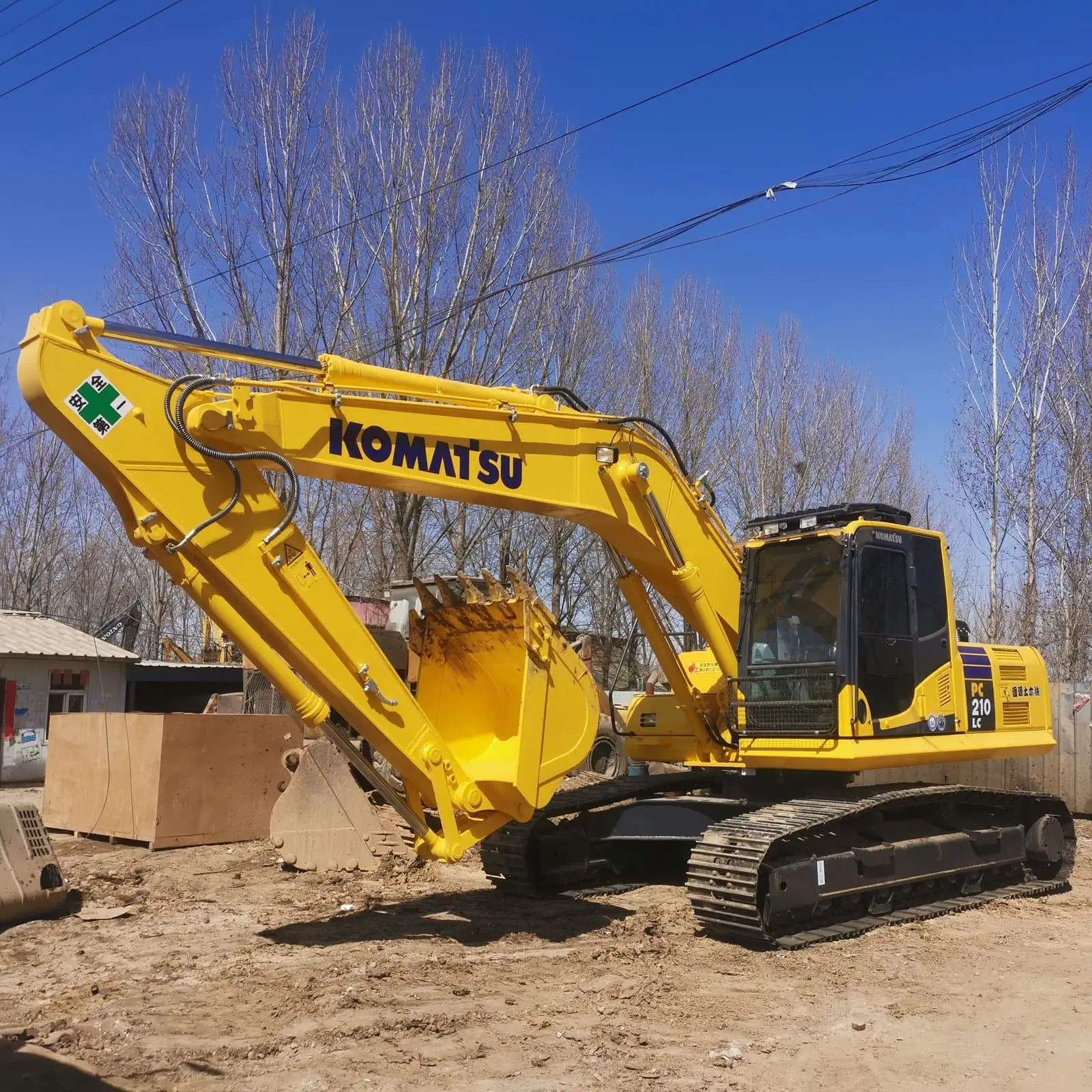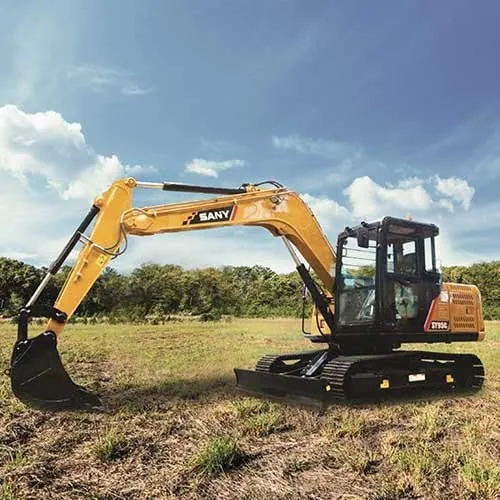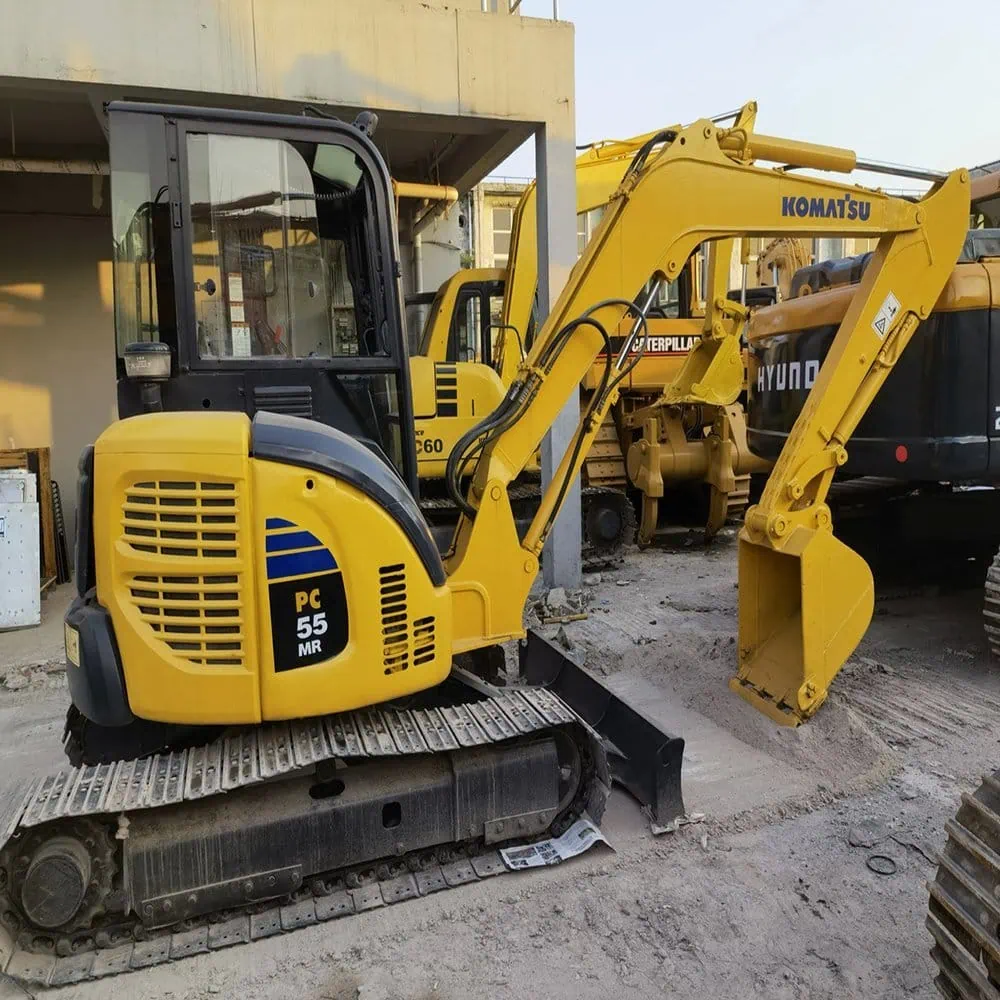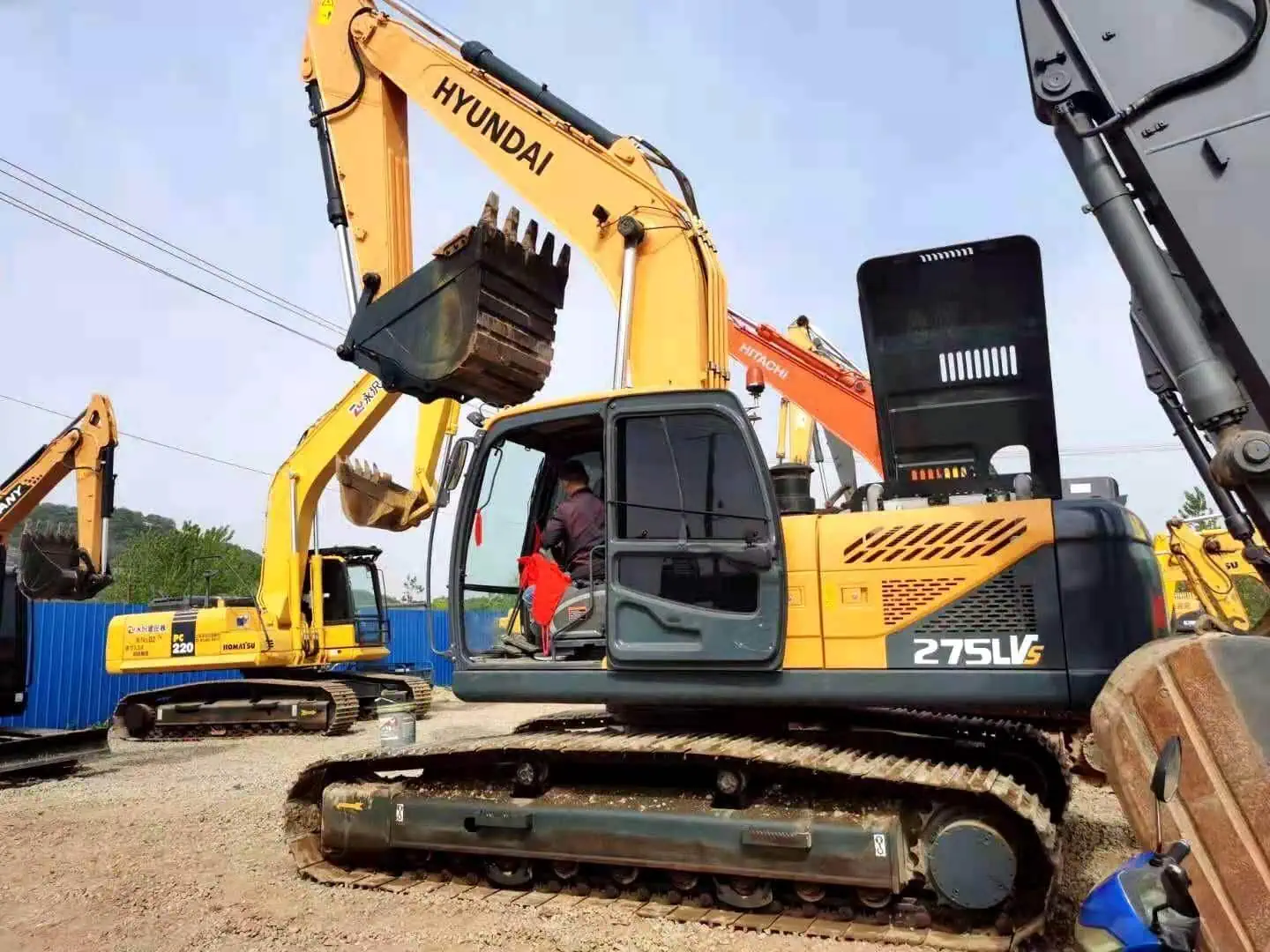Do you find it hard to select the right crane for your construction project? You don’t want to choose the wrong kind of crane because that could cost you money, time, and risk safety. Understanding different cranes, like mobile cranes, truck-mounted cranes, floating crane, tower cranes, or overhead cranes, can help you make the right choice that will have everything run more efficiently and effectively. Here are the things to think about when picking out the right crane for your project.
Choosing the right crane for your construction project is crucial for efficiency, safety, and cost-effectiveness. There are several crane types to consider, including mobile cranes, truck-mounted cranes, floating cranes, tower cranes, and overhead cranes. Each type offers distinct advantages depending on the project requirements such as load capacity, height, site layout, and mobility. By understanding their features and applications, you can make an informed decision that ensures optimal performance throughout the project.
Now, let’s explore the different types of cranes and their unique features, so you can select the perfect one for your construction needs.
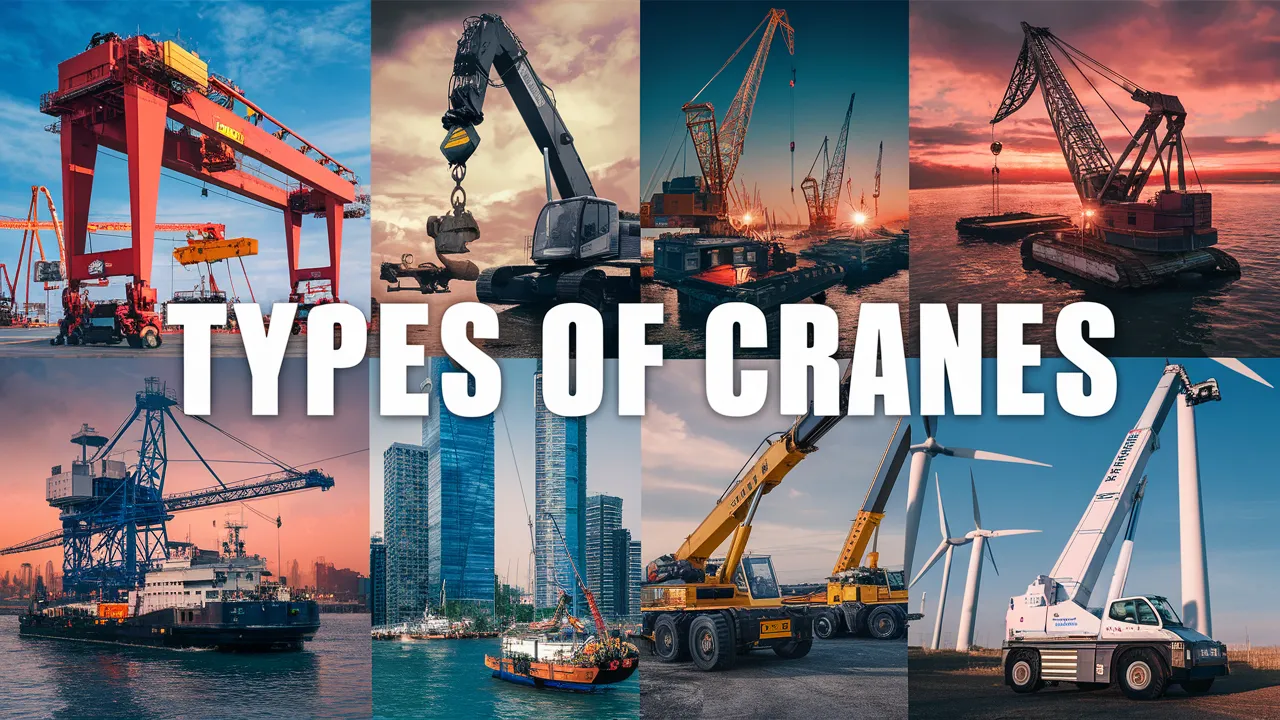
جدول المحتويات
تبديلWhat Is a Mobile Crane and When to Use It?
Definition of a Mobile Crane
Its mobility is its biggest selling point, yet that mobility can also be a downside. You need space to set up a mobile crane. It has to drive in, set up its outriggers, and be stationary when it lifts, rotates, and booms. However, the mobile crane’s ability to drive itself in and set itself up on the job site is a big benefit. This is typically the kind of crane you will see a professional lifting rigging company like Maxim offers.
Key Features of a Mobile Crane
The big plus of a mobile crane is its ability to a move. Conversely, that movement can also be a drawback. You need space to set up a mobile crane. It has to drive in, it has to set its outriggers, and it has to be stationary when it lifts, rotates, and booms. But being able to drive itself in and set itself up on the job site is a huge, huge benefit. This is generally the type of crane you are going to see a professional lifting rigging company like Maxim sells.
Other notable features of mobile cranes include:
- All-terrain capability: Some mobile cranes are specifically designed to work on rough or uneven surfaces.
- Self-propelled: Most mobile cranes are self-propelled, reducing setup time and labor costs.
- Versatile lifting capacity: Mobile cranes can handle various load sizes, depending on their model and configuration.
When to Use a Mobile Crane
Mobile cranes are ideal for projects where flexibility, mobility, and quick deployment are important. Here are some of the places you might use a mobile crane:
- Construction Sites with Space Constraints: In areas around a construction site where space is restricted, a mobile crane can maneuver around things in the way and lift things in multiple places.
- Maintenance Work: Whether it’s a wind turbine, a cell tower, or any other kind of tower or structure, many of the maintenance work done with towers or infrastructure is done with mobile cranes in places where it would be hard to lift with a bigger crane, or the crane can’t get close enough.
- Road and Highway Work: Mobile cranes are ideal for road and highway work because you can literally drive the crane down the road to where you need it.
- All the Other Heavy Lifting: Then, in general, mobile cranes are used to lift heavy stuff around your business: trusses, HVAC units, whatever heavy things you need to pick up and move around.
Due to their unmatched mobility and flexibility, mobile cranes are often the go-to choice for dynamic and rapidly changing construction environments.

What Is a Truck-Mounted Crane and How Does It Work?
Explanation of a Truck-Mounted Crane
Truck-mounted cranes are a great option for construction and industry jobs where the type of work changes frequently and the crane is needed in many locations close to each other. These cranes can easily be driven from place to place, allowing you to take the crane with you wherever you need it. Because they offer the mobility of the truck they are attached to, truck-mounted cranes are often the go-to choice for on-the-go construction tasks.
Benefits of Truck-Mounted Cranes
- Mobility and Flexibility: Because the crane is mounted on a truck, it can quickly travel to various locations, reducing the need for external transport.
- Ease of Setup: These cranes can be quickly set up and deployed, saving valuable time on projects that require efficient movement and lifting.
- Short-Distance Transport: Truck-mounted cranes are particularly effective for short-distance transport, allowing contractors to transport materials and equipment across a site with ease.
Applications of Truck-Mounted Cranes
Truck-mounted cranes are particularly useful in applications where both transportation and lifting are needed. Some common uses include:
- Highway Construction: Moving materials, equipment, and heavy loads over roads.
- Small to Medium Lifting Tasks: Suitable for projects that require lifting lighter to medium-sized loads, such as transporting steel beams or heavy machinery.
- Utility Projects: Truck-mounted cranes are often used for installing or maintaining electrical poles and structures along highways and remote locations.
- General Construction: Commonly used for lifting and moving materials within a construction site, especially when multiple locations need to be served.
Lifting materials or equipment to an upper floor on building construction. Placing materials in a location that is difficult to get to. For example, setting trusses in place on a house. Setting equipment. This can be setting items in place for a customer, such as the air conditioner on a new house, or setting your own equipment, such as a power pole, in place. Loading material such as concrete pipe, where the material to be loaded is longer than the distance of the bed of the truck.
How Do Floating Cranes Work in Construction Projects?
Overview of Floating Cranes
Floating cranes are a type of crane mounted on a floating platform or ship and designed to handle heavy lifting in water. These cranes are typically used in marine and offshore construction where lifting requirements exceed the capabilities of land-based cranes. Floating cranes are specially designed to lift materials such as shipping containers, large components of infrastructure, and heavy industrial equipment in a maritime environment.
Key Features of Floating Cranes
Floating cranes are equipped with powerful lifting arms, large platforms, and high lifting capacities, making them suitable for lifting extremely heavy loads. These cranes are designed to handle the challenges of working in water bodies, offering stability and precision despite the wave and tidal movements.
- Floating platform: The crane is mounted on a stable platform that keeps it afloat in water.
- Large lifting capacity: Floating cranes are capable of lifting several tons of materials, making them ideal for heavy-duty operations.
- Advanced stability systems: Designed to remain stable even in rough seas, floating cranes ensure that lifting tasks are carried out safely and efficiently.
Common Use Cases for Floating Cranes
Floating cranes are an essential tool in marine and offshore applications such as:
- Shipbuilding: Used to lift and transport large sections of ships during construction and repairs.
- Port and Harbor Construction: Used for lifting heavy materials during the construction of docks, piers, and other port infrastructure.
- Oil and Gas Platforms: Floating cranes are essential for lifting heavy equipment to offshore drilling sites.
- Marine Infrastructure: Floating cranes are employed for large-scale underwater construction, including installing bridges and other waterfront structures.
Floating cranes are indispensable in maritime and offshore applications where work in the water is essential and huge loads must be lifted.
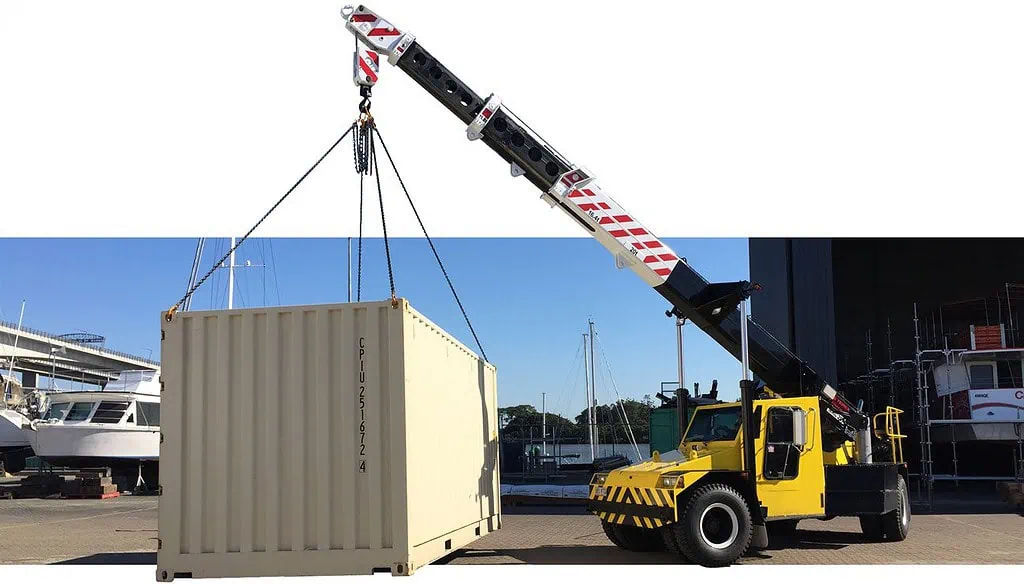
What Is a Tower Crane and When Is It Most Useful?
Definition of a Tower Crane
A tower crane is a large, stationary crane that is most frequently employed in the building of tall structures and infrastructure projects. This type of crane has a tall, vertical lattice structure that allows it to reach great heights, making it ideal for constructing skyscrapers and other tall buildings.
Key Features of Tower Cranes
- Tall structure: Tower cranes are often hundreds of feet tall, allowing them to reach impressive heights.
- High lifting capacity: Tower cranes can lift extremely heavy materials, such as steel beams, concrete panels, and large equipment.
- Vertical reach: Their long vertical boom allows them to lift materials to great heights while providing an expansive working radius.
When to Use a Tower Crane
Tower cranes are ideal for constructing tall buildings, like:
- Skyscrapers: Used for lifting heavy materials to great heights during construction of tall buildings.
- Large Infrastructure Projects: Such as bridges, stadiums, or large public structures.icopt
- Precise Lifting: ScissorLifttower cranes are so precise they can move large and heavy materials and place them exactly where they are needed on the structure of a high-rise building.
Tower cranes are necessary when you are working on a vertical structure, requiring the ability to lift materials to height and maintain the reach needed to complete a large project effectively.
How Does an Overhead Crane Enhance Efficiency on Construction Sites?
Benefits of Overhead Cranes
Overhead cranes have several critical benefits that make them the right choice in certain situations, specifically factory or warehouse environments:
High Lifting Capacity: Overhead cranes can lift extremely heavy loads that exceed the capacity of other types of cranes. They are extremely heavy-duty, capable of lifting a few tons all the way up to several dozens of tons. They are used in environments where heavy materials and products are being manufactured.
Efficient Material Handling: Our cranes make life easier for the people that work in these environments. Employees use the cranes to move heavy materials that they used to have to handle manually, which can save on
labor costs or workman’s comp costs due to lifting injuries.
Space-Saving Design: These cranes are overhead, so they free up a lot of floor space in a factory or warehouse. You can do a lot more with your facility when you have an overhead crane because you don’t need to work or move things on the floor; the crane does it all.
Precision Control: These cranes can be piloted with very fine control systems. This allows operators to position loads within tolerances of inches if necessary.

What Are the Key Differences Between Hydraulic and Mechanical Cranes?
Hydraulic Cranes vs. Mechanical Cranes
When you’re in construction and facing which type of crane to use, there are two popular choices. You have what they call hydraulic cranes and what they call mechanical cranes. They both are designed to lift heavy stuff, but
they work differently. And each has its own set of pros and cons.
Hydraulic Cranes
Hydraulic cranes operate by using a pressurized fluid system to create motion. They use the force generated by that fluid to move the crane’s lifting arm so they can pick stuff up and set it down. Hydraulic cranes are great at lifting and moving lots of stuff really easily. And they provide a great deal of control and precision, which is exactly what you want when moving something really heavy, like a structure.
Benefits:
- Smooth Operation: Smooth is the best way to describe how hydraulic cranes work. The hydraulic system moves the loads very fluidly and lets you place any object delicately because the hydraulic system provides consistent lifting power.
- High Lifting Capacity: They can lift up to and sometimes over 100 tons, depending on the specific crane you are using. They often handle heavy construction materials like steel beams, giant concrete panels, and even heavy pieces of industrial machinery.
- Better Maneuverability: These cranes are often easier to get into some places than their mechanical competitors. You can position them quickly and adjust the azimuth and elevation of that crane arm, so they work great in tight spaces or rough terrain.
Limitations:
- Cost: Hydraulic cranes cost more than mechanical cranes. They cost more to buy and more to operate in the long term too because the hydraulic system is more complicated than a purely mechanical crane system.
- Complex Maintenance: The hydraulic system is compact but complex. It operates with fluids under pressure which means potential leaks. The moving parts have precise tolerances, so they wear out regularly. So, while it’s very efficient to use, it requires more complex maintenance.
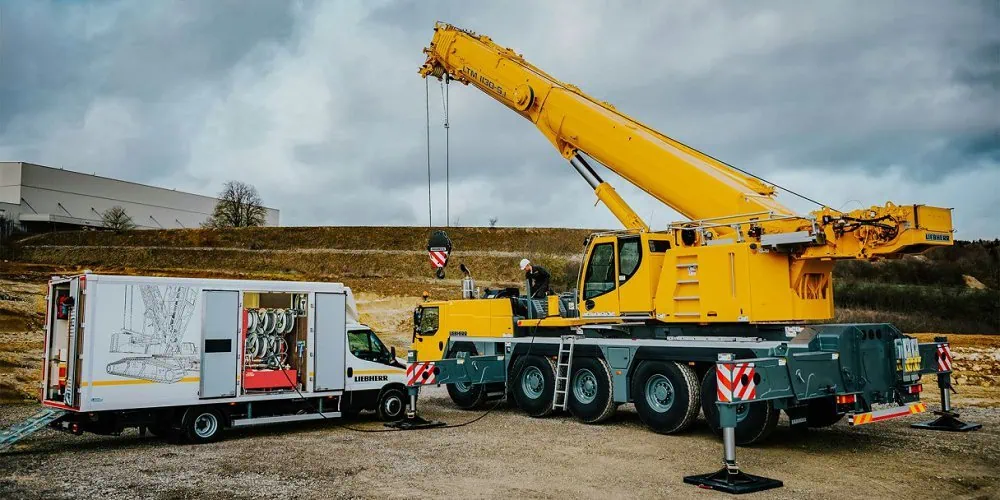
Mechanical Cranes
Mechanical cranes, on the other hand, lift using gears, pulleys, and cables. They move stuff just like a hydraulic crane, but instead of using fluid under pressure, they use gears, pulleys, and cables. Mechanical cranes are
more straightforward in design than their hydraulic cousins. Often they are more rugged too, which makes them better for certain applications where you need something that’s not super complicated.
Benefits:
- Simplicity: All things being equal, a mechanical crane is simpler than a hydraulic crane, with fewer moving parts. And that’s good because if there are fewer moving parts, there are fewer parts to maintain and repair.
- Cost-Effective: Because they’re less complex, mechanical cranes are traditionally less expensive than their hydraulic counterparts, both to purchase and to maintain.
- Durability: A mechanical crane often lasts longer because it has fewer issues to deal with. There are no worn-out hydraulic hoses, no pressure losses, and no blown hydraulic seals. This means mechanical cranes tolerate tough conditions better and last longer than hydraulic cranes.
Limitations:
- Lower Lifting Capacity: Usually, a mechanical crane can’t lift as much as a hydraulic crane. They work best when you are moving lighter loads for lighter-duty type applications. A mechanical crane may only lift 10 tons while a hydraulic crane doing the same job would lift 30 tons. You need to look at what you’re lifting and how far you want to move it.
- Less Precision: While fixed cranes do lift heavy stuff and set it down someplace, they don’t do it as precisely as a hydraulic crane, and often it’s not as smooth a process.
How to Choose the Right Crane for Your Construction Project?
Selecting the right crane for your project involves a lot of thought, and the right crane can make your life so easy, so efficient, so safe, and so cost-effective. Here are some main things to think about when selecting a crane for your needs:
Project Scope and Requirements
سعة التحميل: The first thing you have to think about when you select a crane is what you are going to lift and how heavy it is. If you can put it on a scale and weigh it, you need a crane which can lift that weight. And by the
way, you have to lift the item from point A to point B and then maybe even over to point C. Different cranes lift different capacities and have limits, so make sure you buy a crane which fits what you’re doing.
Weight and Reach: Calculate horizontal reach requirements. Many cranes serve a single-story range. A mobile crane with a 110-ft. telescoping boom can usually place something anywhere within a 50-ft. radius of setup. Lift a load at the crane’s maximum reach and, although the crane may be able to handle it, the side-to-side tail swing may prevent you from placing the load. The higher you lift, the less weight you can handle.

خاتمة
Selecting the best crane for your project is a very important step in ensuring a successful construction project. Understand the types of cranes available to you, as they include mobile, truck-mounted, floating, tower, and overhead. By understanding the options, you can make an informed decision based on the specific needs of your construction project.
Also consider how much weight it can lift, how it will get to where it needs to be, and how high it can lift. Most important, consider how the crane lies within your work environment. By considering these options, you will ensure your crane is efficient and safe throughout your project.Our company HIXEN specializes in all kinds of second-hand construction machinery. If you have any questions, please feel free to اتصل بي.




